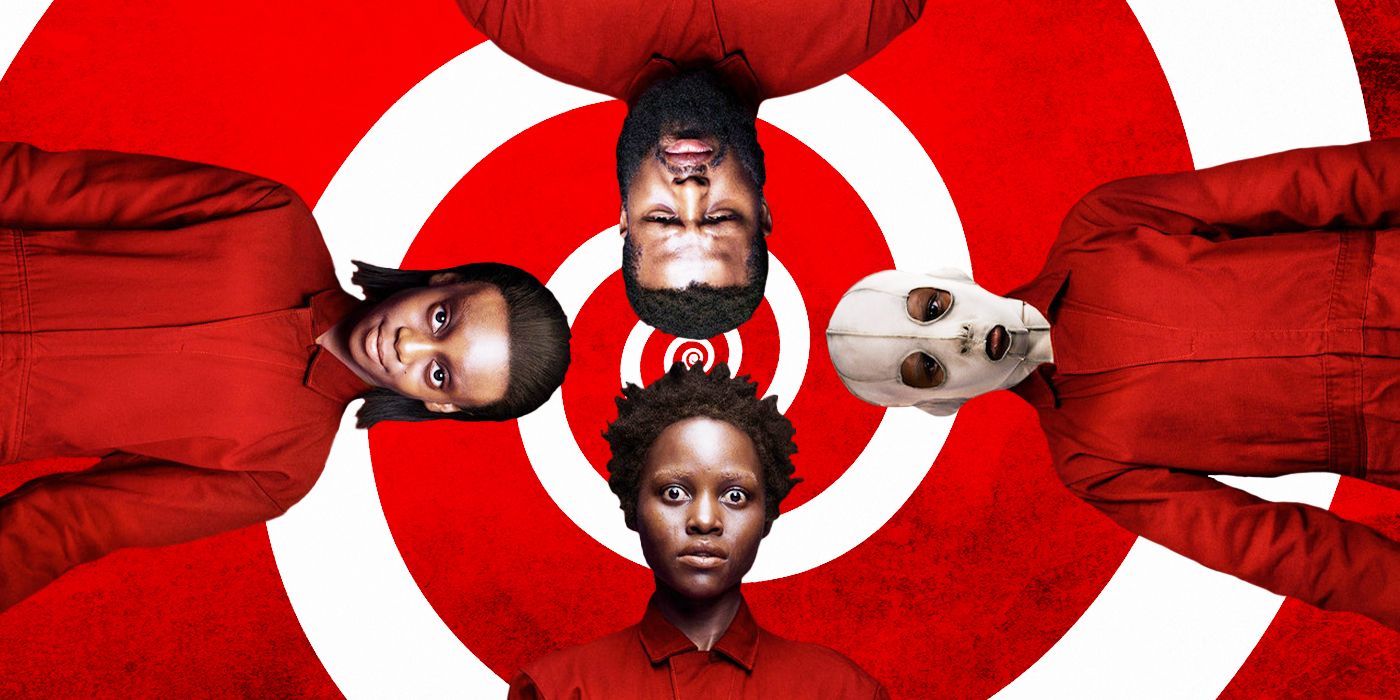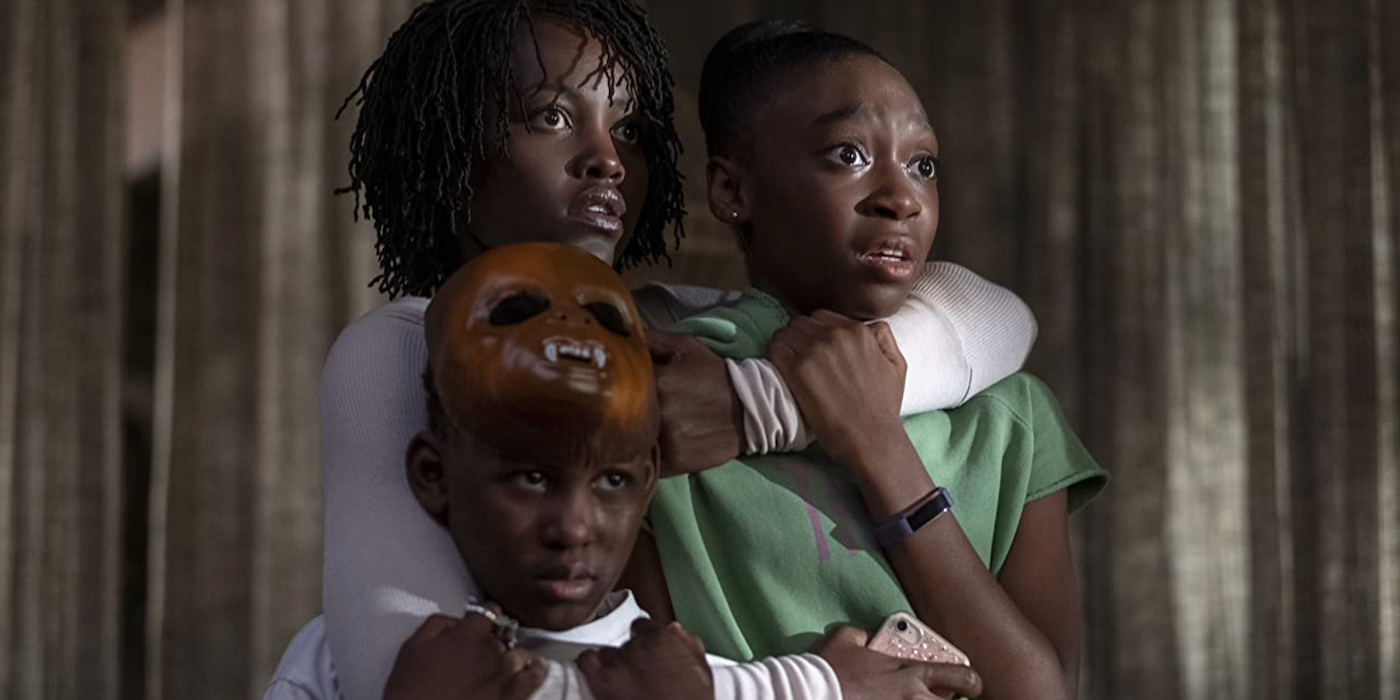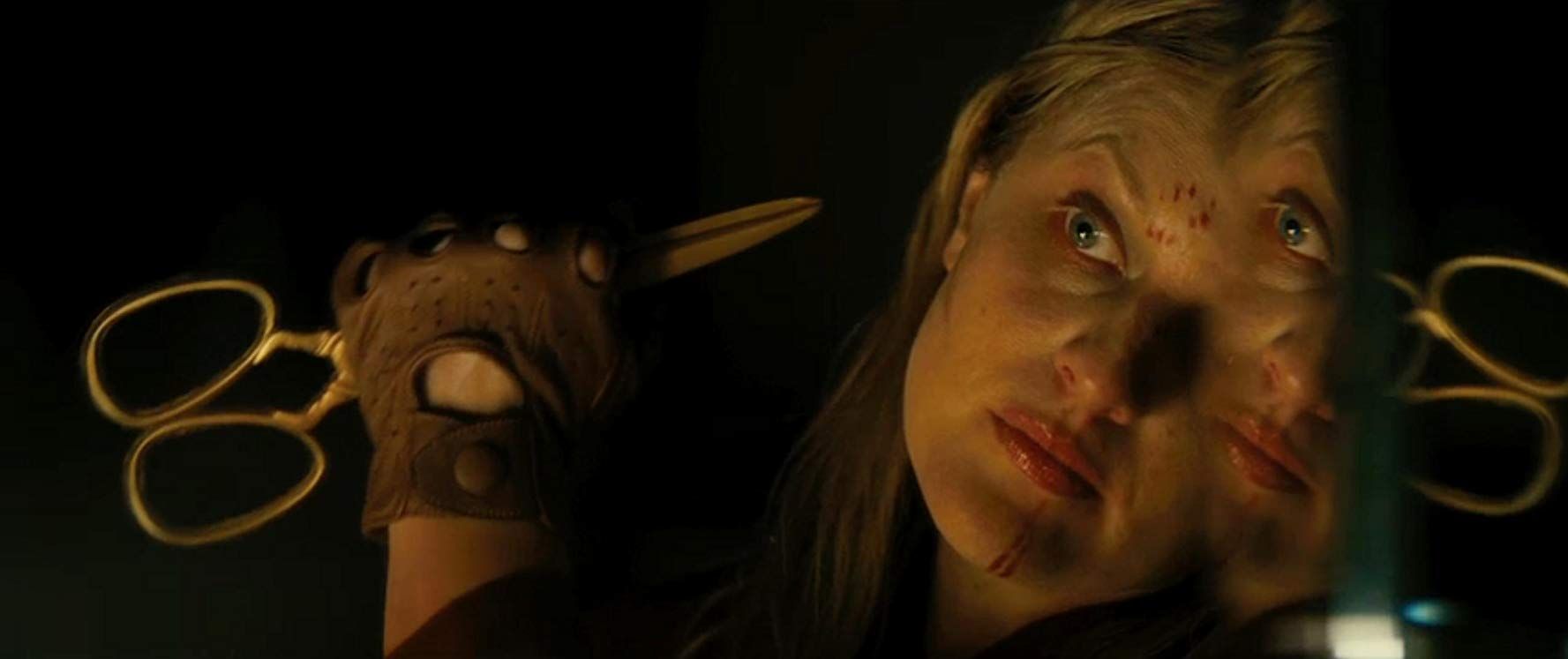While it often gets overshadowed by his previous smash hit Get Out, Jordan Peele’s Us is a movie that expertly straddles the line between thought-provoking social commentary and watch-through-your-fingers horror. This movie shines through its soundtrack, direction, and expert use of comedic timing, but the real strength of this film lies in its villains: the Tethered. As we’ve seen in many horror flicks, some of the best antagonists are the ones that aren’t supernatural beings, but rather people just like us who’ve been twisted by their past traumas and turned into monsters.
To give some quick context, the Tethered are government-made clones of the population, which were created in an attempt to control the masses. When the government was able to replicate the body but not the soul, the project failed, and the Tethered were abandoned underground and left to thoughtlessly mimic the actions of their doubles. What we’re left with are ruthless, restless beings who grow tired of their subterranean existence and come to murder their counterparts and enjoy the luxuries afforded to those who live above. We first meet these clones when they terrorize the Wilson family at their summer home, and Lupita Nyong’o’s Adelaide shares a mysterious connection with her double, Red.
There are so many things that make the Tethered great antagonists, but at the forefront is what they represent. Director Jordan Peele uses his movie monsters to tell a story of privilege, pointing a mirror at the audience and asking us what we think makes us so different from people who aren’t born into the same fortune. Having been forsaken by the government, the Tethered represent how people get stuck in precarious situations by broken systems and then are left to fend for themselves. Upon her arrival, Red — the only intruder who speaks — tells the Wilson family how while we enjoy the sun, food, and companionship that we take for granted, the Tethered survive on raw rabbit meat and are only connected by circumstance, not by love. Like any great movie villain, the Tethered believe they are justified in their efforts as they come to collect what they believe is rightfully theirs. Peele uses these characters to expertly intertwine our fear of the other with the fear of ourselves, and after learning where they came from and how they’ve been forced to live, we’re left to wonder who the bad guys really are.
Beyond being a reflection of our society, the Tethered are a literal reflection of ourselves. They share our anger, our vanity, and our inability to communicate with others, taking the traits that we dislike about ourselves and throwing them back in our faces. Red even refers to herself as Adelaide’s shadow, meaning that we are inextricably linked to our dark sides. While all the Tethered share attributes with their counterparts, one of the best parallels lies in the Wilsons’ family friend, Kitty Tyler (Elizabeth Moss), and her Tethered, Dahlia. Kitty spends her brief amount of screen time struggling to connect with Adelaide and rambling about her recent plastic surgery. She discusses her brief acting career and clearly wants to impress her friend. What we get from this interaction is that as much as she tries to brush it off, Kitty cares deeply about how she’s perceived by others. Dahlia practices human reactions in the mirror, forced to feign joy and sadness because she has no real concept of emotion. She sloppily applies lip gloss and slices into her face with scissors, painting a twisted picture of Kitty’s desire to conform to others’ expectations of her.
Beyond this existential, self-exposing dread that they provide, the Tethered are equally terrifying through their behavior and appearance. Donning crimson jumpsuits and brandishing sharp gold scissors, the doppelgängers come in an overwhelming wave of red that moves with an animal level of intensity. They stalk their prey with an eerie silence broken only by their cries of anguish and fury, giving us the ultimate movie monster by combining Michael Myers’ haunting quiet, the Parasite ghost’s leering eyes, and Cujo’s insatiable bloodlust into one petrifying package. Red in particular moves with a kind of horrific grace that provides a stark contrast with Adelaide, who scrambles about in her all-white ensemble like a frightened animal.
The pièce de résistance of these great antagonists comes at the very end of the movie, when we learn that as children, Red and Adelaide switched places, with the Adelaide we’ve come to root for having choked out her double and taken her place on the surface —finally explaining why Red is the only “Tethered” who knows how to speak. After being kidnapped and raised by the Tethered underground, Red became one of the beings that terrified her and eventually leads the movement to reclaim what had been stolen from her. Beyond being a Shyamalan-level plot twist, this ending shows us that evil is not inherently in us but learned, and we’re left to ponder what really makes a monster.
At the end of the day, everyone knows that horror movies are nothing without a signature big bad, and through the Tethered, Jordan Peele gives us one of the best. Through his use of complex themes and stunning visuals, Peele uses these “monsters” to make us question our perceptions of good and evil, and leaves us checking under the bed late at night for our own eyebrow-lacking look-alike.




